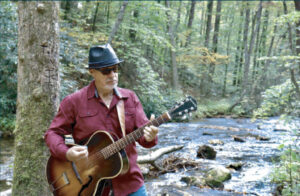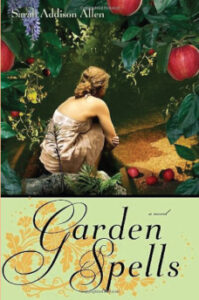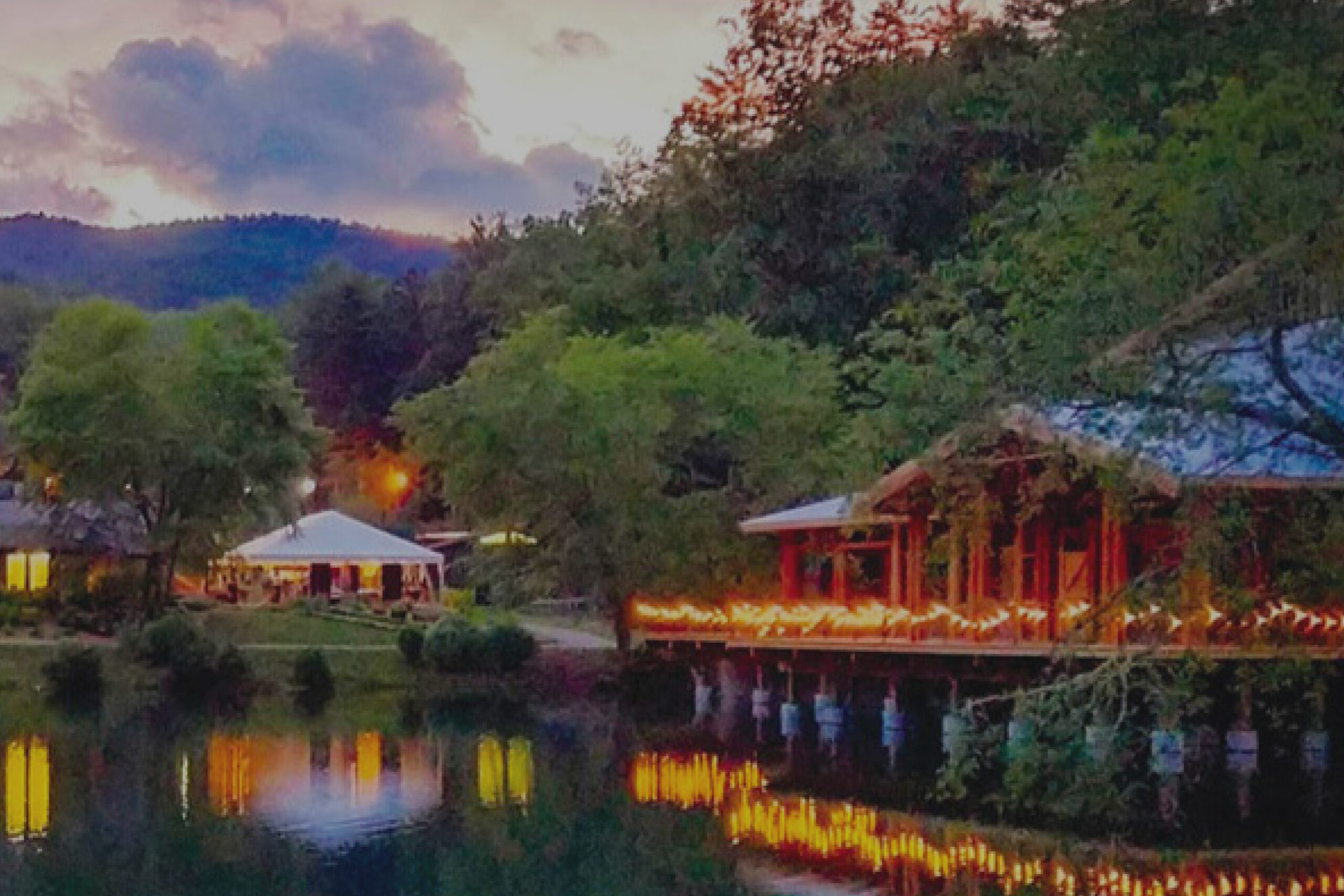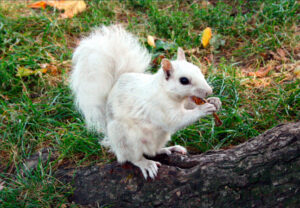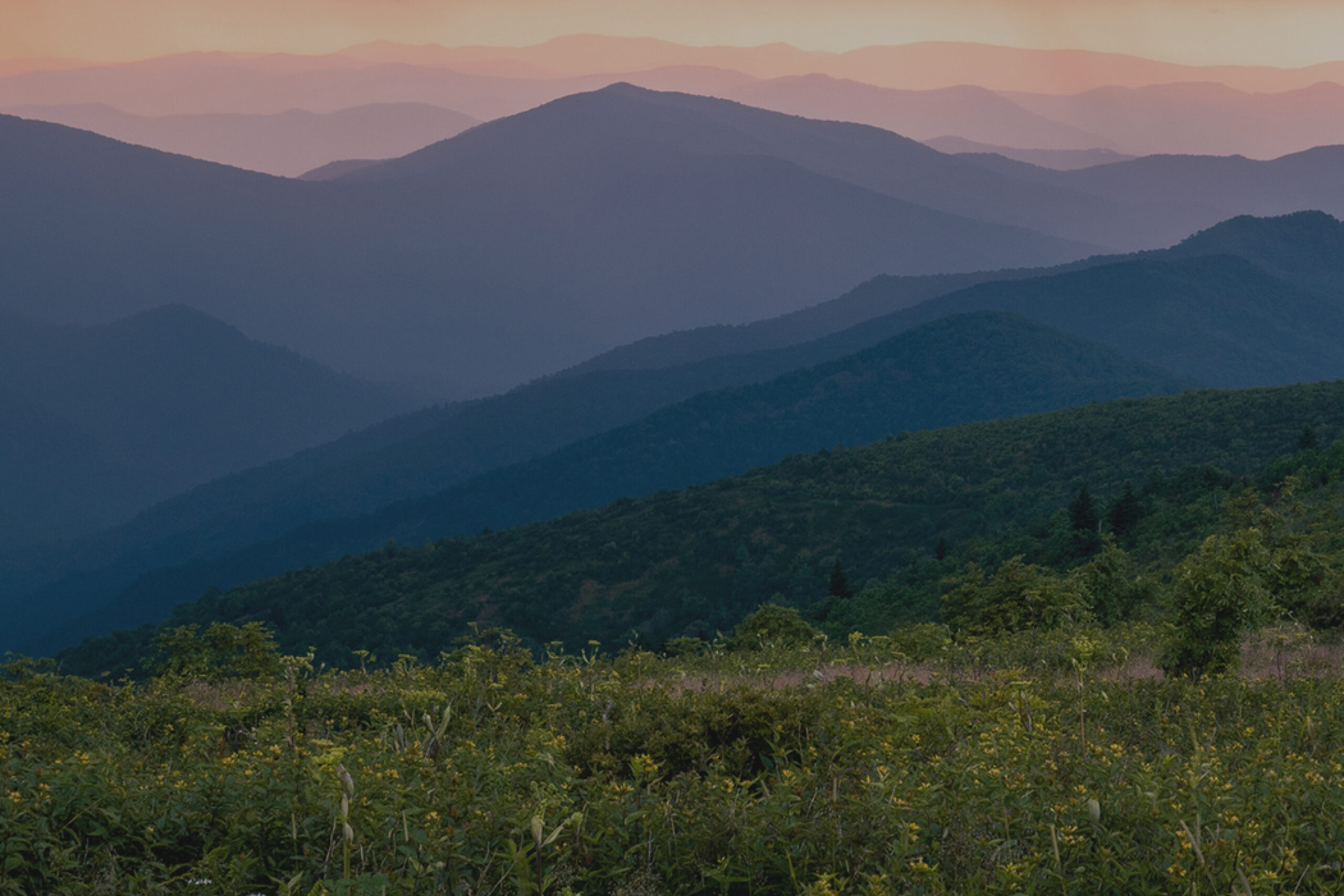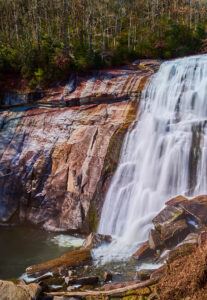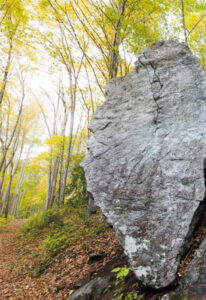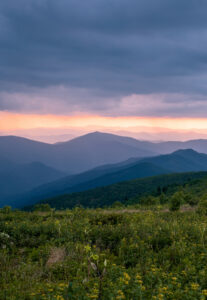
To create the crisp, elevated drinks visitors love at The Greystone, our mixologists use a variety of tips and tricks you may not find in a typical recipe book. In this Cocktail Corner, we’re highlighting delicious ways to add flavor and fizz to your drinks.
RAPID INFUSION
Infusion is a process that brings the natural flavors of fruits and botanicals, such as lemongrass, strawberry, and hibiscus, into your chosen liquor. This is an incredible way to enhance the flavor of a cocktail, but it traditionally takes anywhere from days to weeks of soaking the botanicals in alcohol for the flavor to come through. However, there are now new methods for infusion that shorten this timeline to mere minutes.
The first and most popular method is through a combination of nitrous oxide and pressure. With a cream whipper, the mixologist will use nitrous oxide gas to first force the spirit into the botanical then force the spirit to be released. When the spirit exits the botanical, it is now fully infused with that flavor and ready for mixing. Other methods for rapid infusion include utilizing negative pressure via vacuum sealing, or via a sous vide temperature manipulation.
CARBONATING COCKTAILS
To add a refreshing, sparkling element to a cocktail, many mixologists turn to carbonation. Traditionally, bartenders may add soda water to the cocktail to get the bubbles going—however, this method dilutes the original flavor of the cocktail and may result in an “off” taste. To carbonate without the addition of soda water, mixologists may choose either to infuse CO2 into the cocktail or use a soda syphon.
Soda syphons are an excellent choice for bar settings, where you’re making cocktails to order. Just add the chilled beverage to the soda syphon and release excess oxygen from the bottle for the chemical change to take effect. This works best with clear liquids without cream or inconsistencies like chunks of fruit.
BATCHING COCKTAILS:
If you have a party coming up with a signature cocktail, you may choose to batch the cocktail by making multiple servings en masse ahead of time. When doing this, it’s important not to include ingredients you know will go bad shortly— including fruit juice, egg whites, and dairy. In fact, if you’re using any fresh ingredients for a batch cocktail, you may want to see if you can substitute it with a flavored syrup.
Make sure the ingredients in the recipe can be easily multiplied to suit a batch, tasting when complete to see if anything needs to be adjusted. Leave out any bubbly element like soda water or sparkling wine until you finally pour the cocktail into individual glasses, as the bubbles otherwise won’t last.











